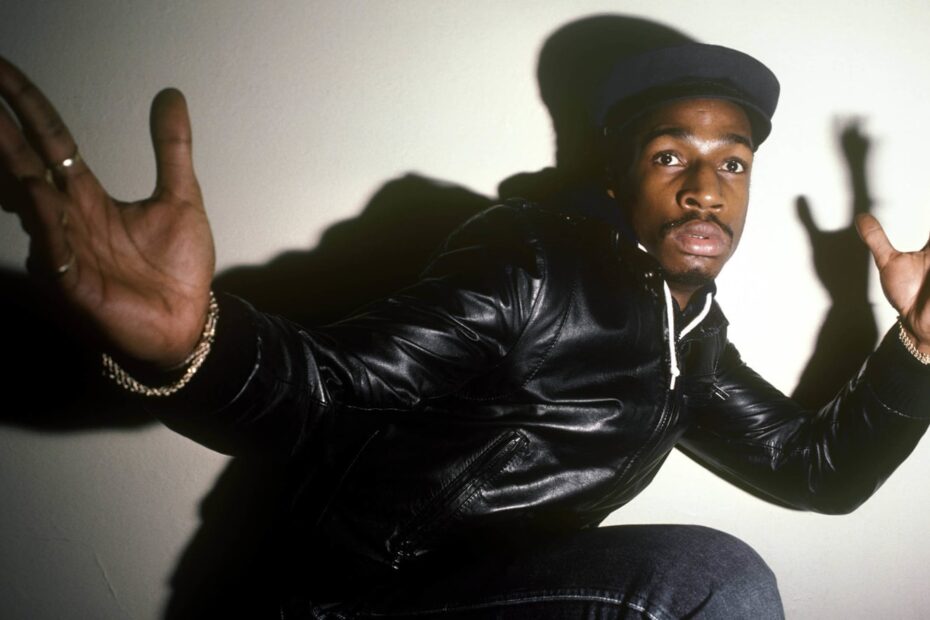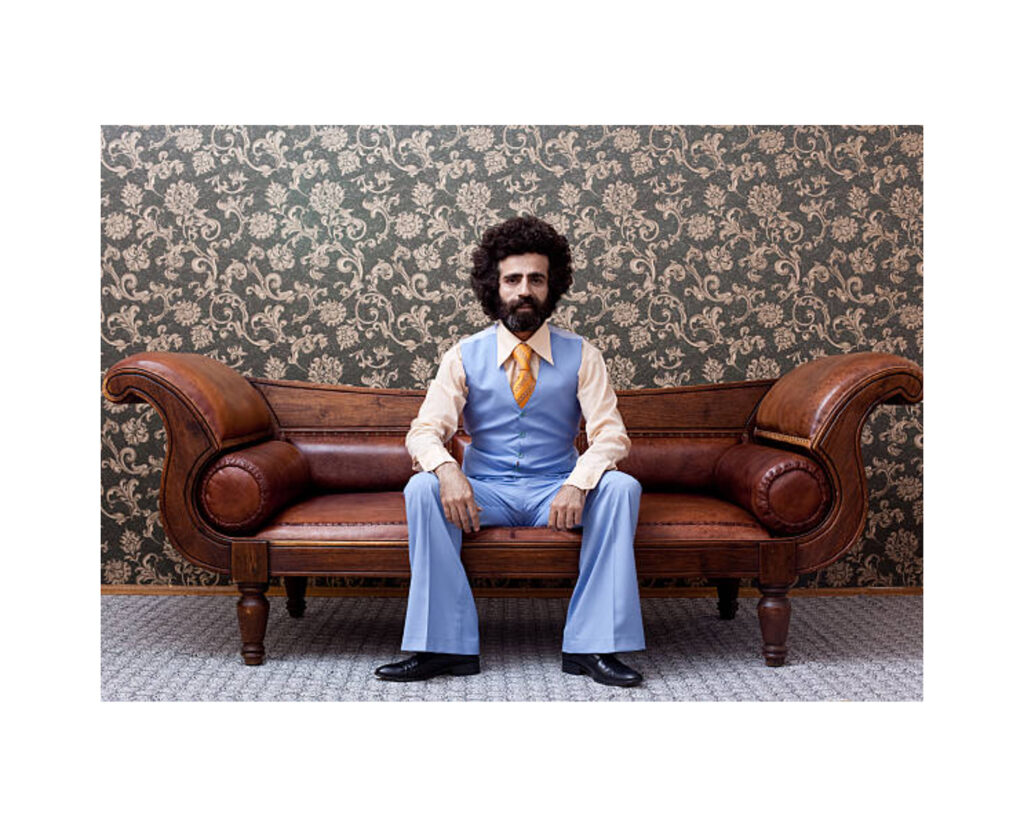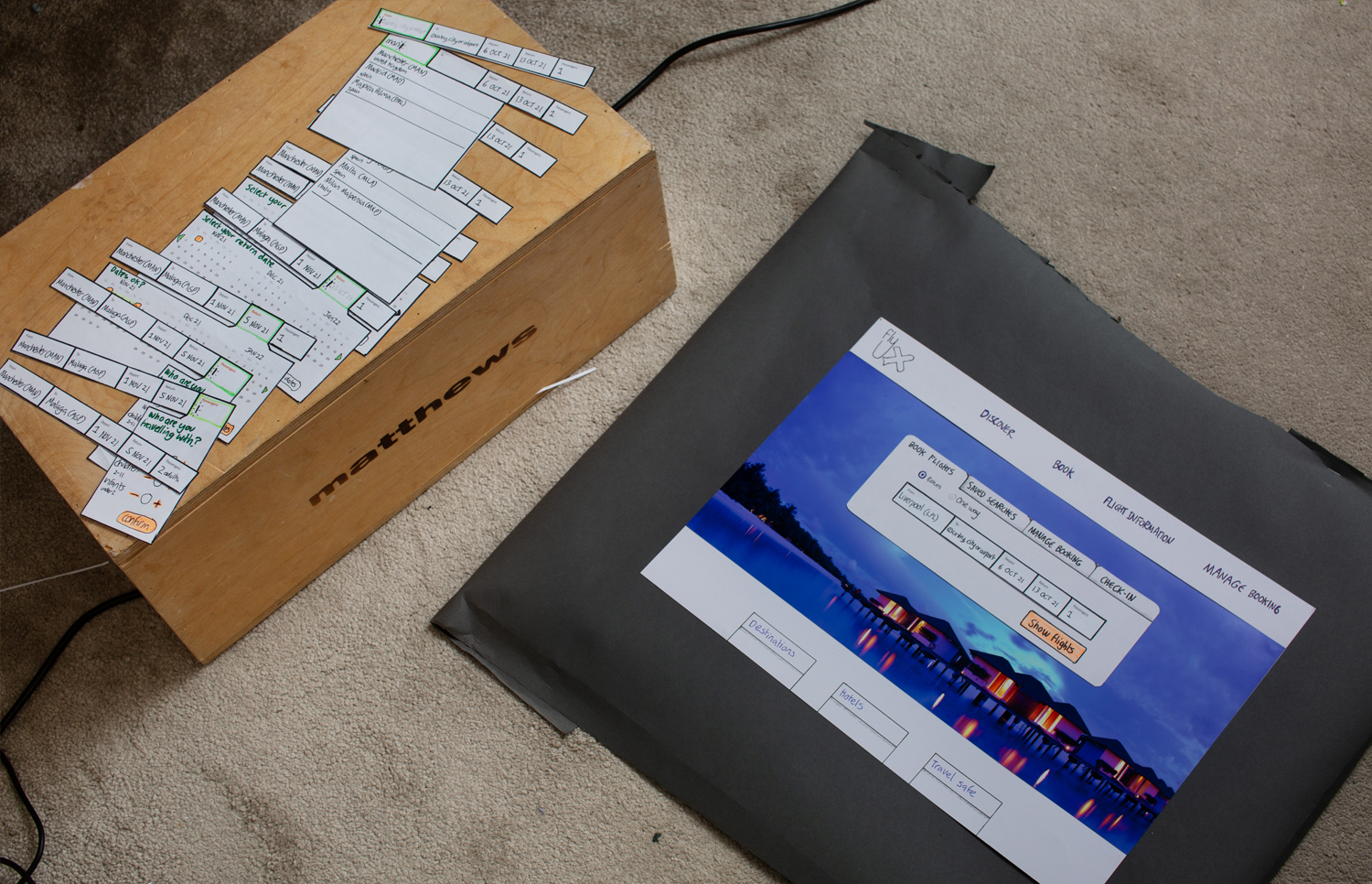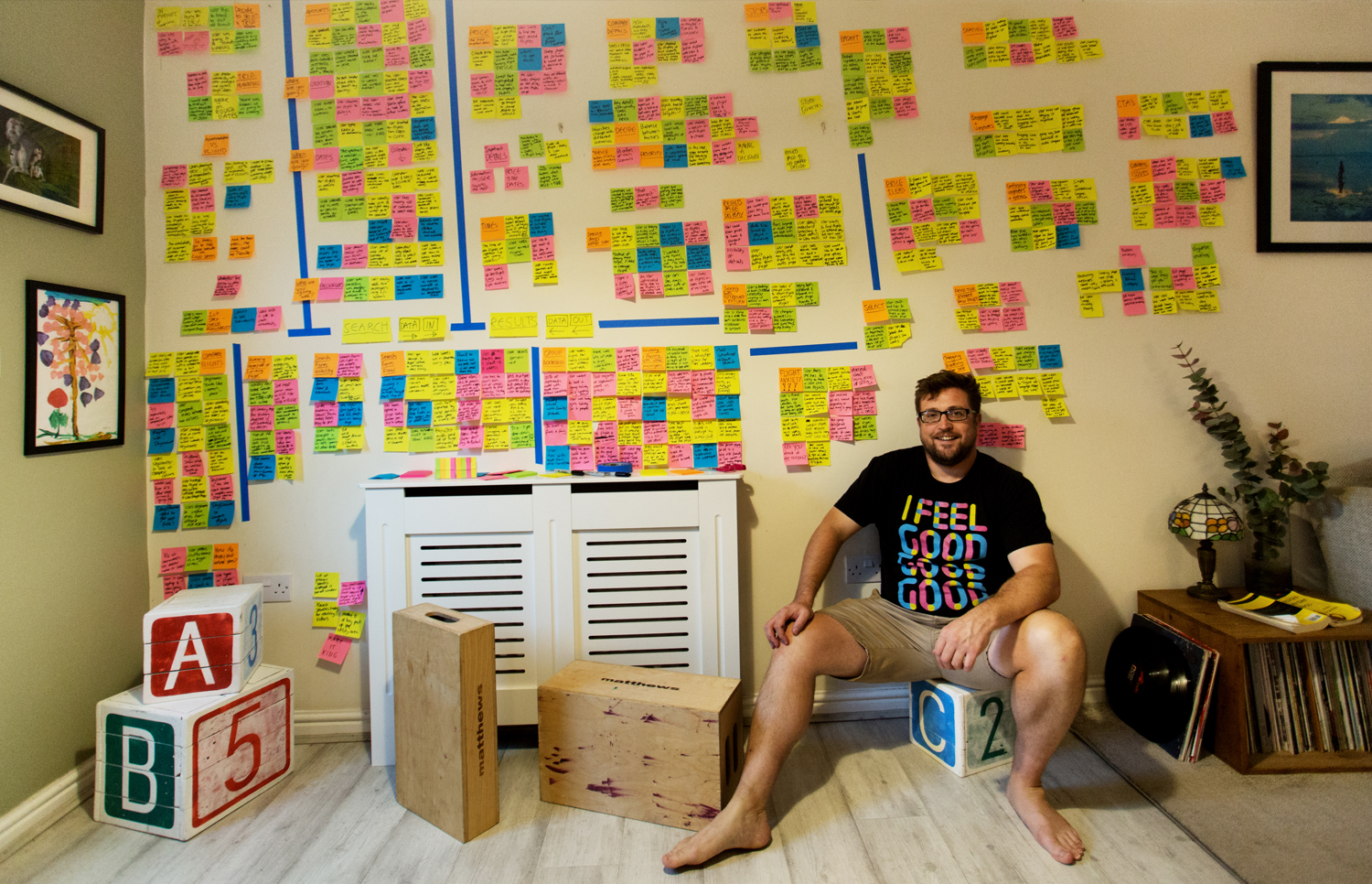The alternative guide to transferrable skills/objects
002
During the lessons on my UXDI diploma, I learnt about the Paradox of Specificity, and how designing a product for a very specific audience, can result in products that have a wide, mass-market appeal.
The more specific you get about the goals, behaviours and context of the target audience, the better the product is going to be, and the more likely it will be adopted by a wider audience.
The Paradox of Specificity, simply put, tells us that adapting our efforts to the needs of a more specific audience creates solutions that are useful to a much broader set of needs.
For example, rather than trying to meet the needs of all your users, look at how to help a very specific user, or a set of users with the most specific needs.
According to the Paradox of Specificity, chances are you’ll end up with a product or solution that meets the needs of a much bigger audience.
UX Planet
Here are a few examples that demonstrate this principle. In one case, design features aimed at a specific audience didn’t just appeal to a wider market, they had a significant cultural impact that is widely evident today.
Rollaboard suitcase
The example given in the video lesson was the Rollaboard suitcase, which was designed with a very small audience in mind – airline cabin crew and pilots.
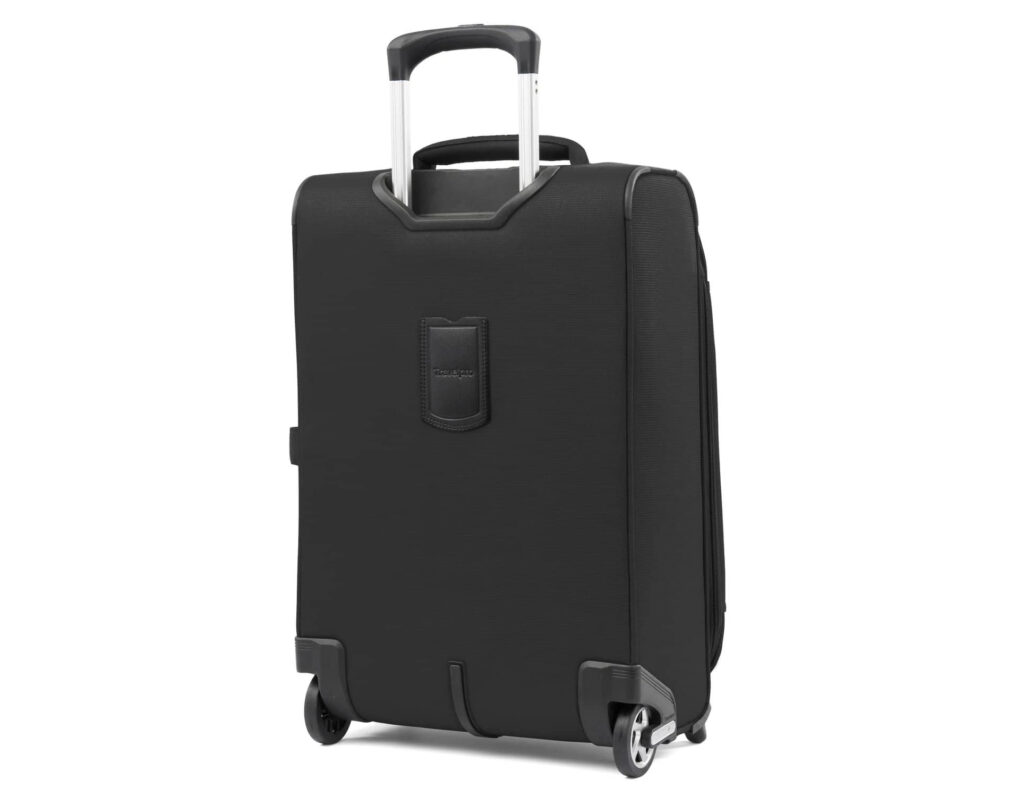

The Rollaboard was invented in 1987 by Robert Plath, a Northwest Airlines 747 pilot and avid home workshop tinkerer, who affixed two wheels and a long handle to suitcases that rolled upright.
Mr. Plath initially sold his Rollaboards to fellow flight crew members. But when travellers in airports saw flight attendants striding briskly through airports with their Rollaboards in tow, a whole new market was created.
Within a few years Mr. Plath had left flying to start Travelpro International, now a major luggage company. Other luggage makers quickly imitated the Rollaboard
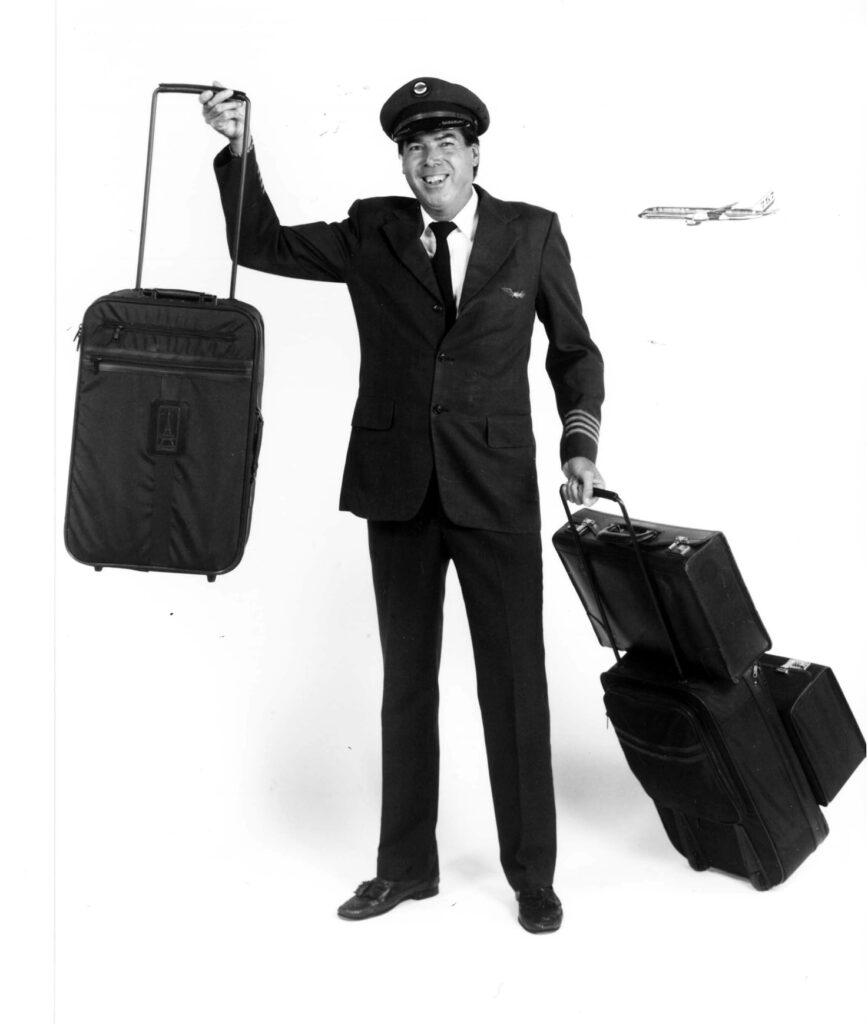
Context
The original design focused on the specific context of use – professional flyers who spend a lot of time on planes and in airports. They travel frequently, often on short trips with single overnight stays
Their behaviours include walking through large airport terminals carrying luggage, waiting at baggage carousels because their suitcases wouldn’t fit into the overhead storage of the aircraft, or lifting bags over the airplane seats and down narrow aisles. The rollaboard suitcase was designed to meet the goals of this very specific audience:
Its just big enough to fit in the overheard storage, so the crew didn’t have to put them into the hold, and therefore didn’t have to wait at the baggage carousel.
Its just wide enough to fit down the aircraft aisle without banging into the seats, and it has wheels and a retractable handle to make long walks through the airport terminals easier.

Wider audience
Although it was designed for a very small, specific audience, with a narrow set of goals and behaviours, it had a huge mass market appeal. It is perfect for business trips, short city breaks, and even for frequent train travel. It was so popular, that nowadays, nearly all suitcases have a retractable handle and a set of wheels.
Technics 1200
The UXDI ask students to think of other mass-market products originally designed for very narrow audiences.
My first thought was the Technics SL-1200 record deck, released in 1972 and originally designed as a high-specification turntable for audiophiles, with high-fidelity home listening in mind.
The features designed for this audience didn’t just have a wider appeal with other markets, they made a significant contribution to DJ culture and even the birth of Hip Hop, helping define an entire genre of music.
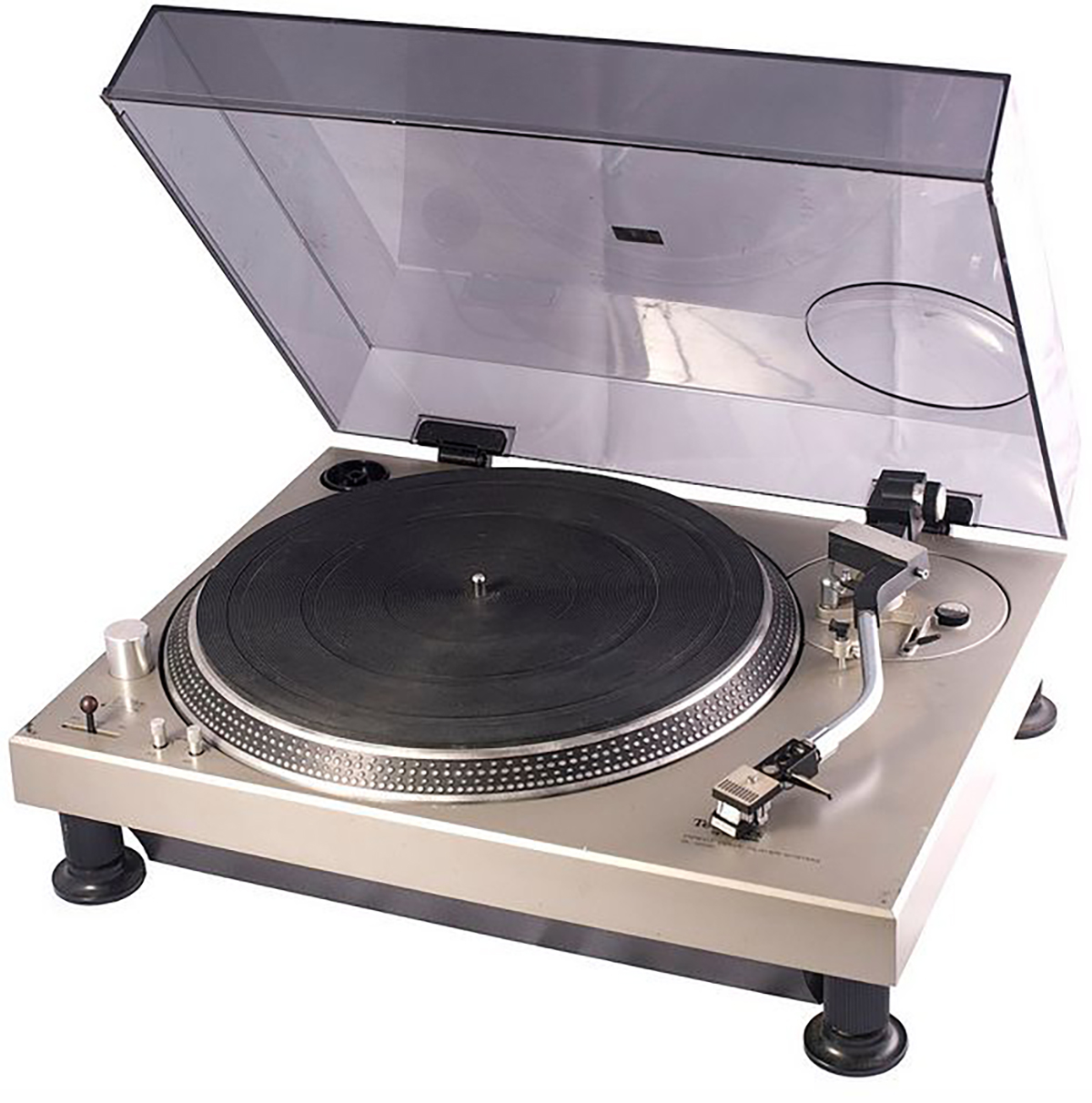
Design features
Direct drive
Unlike other belt-driven turntables on the market, which connected the motor to the platter with a rubber pulley belt, the 1200’s were equipped with a high-performance direct drive system that connected a low-speed motor directly to the platter.
In the belt drive system noise is generated due to belt vibrations that result from aging. The direct drive system eliminated this problem because it used no belt.
Precision
By coupling the motor directly to the platter, the 1200 offered unusually precise speed with minimal rotation irregularity. This accuracy greatly improved the quality of audio playback compared to belt-drive decks.
Pitch fluctuation on analogue playback devices is measured in ‘Wow & flutter’. The 1200 had a low wow & flutter of (0.01%) i.e. the platter stayed within 1/100 of 1% of the desired speed.
The turntable also had a pitch adjustment dial for the further control of rotation irregularity.
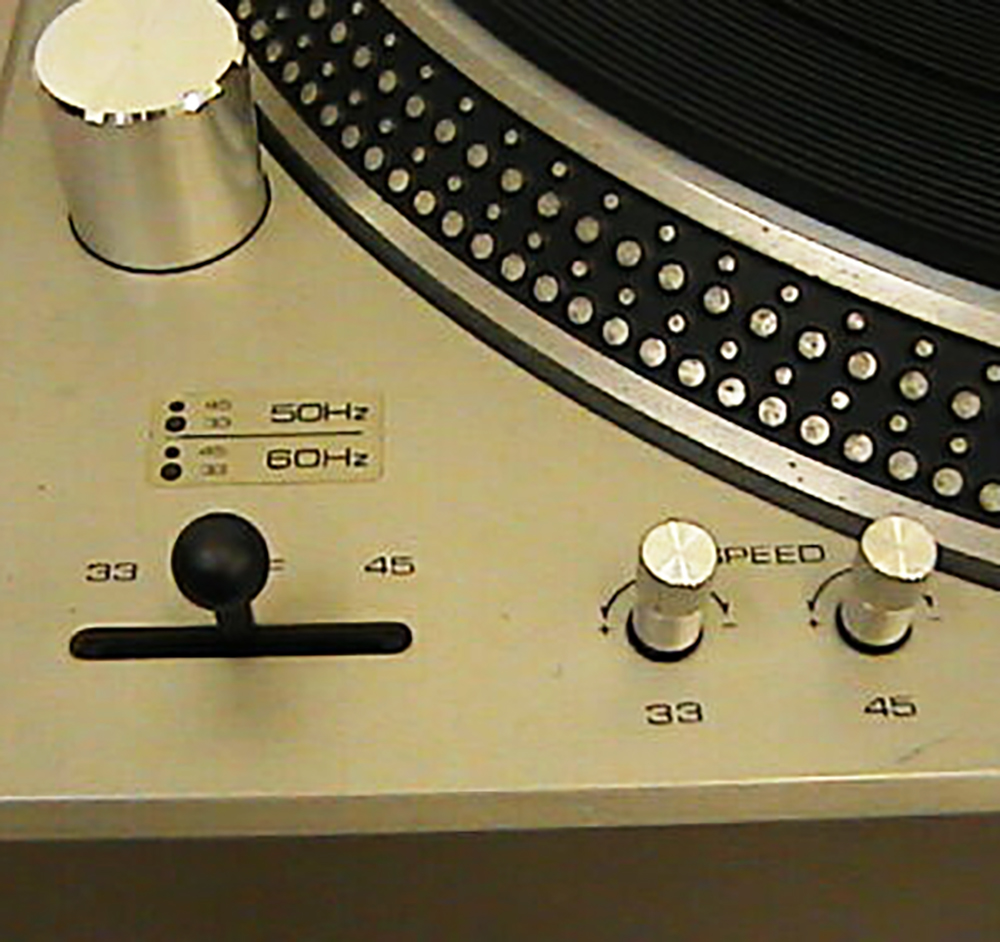
Fast start-up
The high-torque of the powerful direct drive system also brought the large and heavy-duty platter to the correct rotation speed in just 1/2 of a turn. When you pressed play, the music reached the correct speed almost instantly compared to the slow start-up of belt-drive turntables.
Rugged build
The overall structure of the turntable was built to a high standard for the high-end home A/V market. The heavy platter was paired with a solid base of aluminium and heavy rubber, designed to absorb external vibrations and further reduce interference in the music. The rugged, durable design also offered a high reliability and low maintenance.
Wider appeal
These features that were designed to provide a high-quality home-listening audio experience found popularity with another audience – DJs, and the SL-1200 had a significant influence on the development of musical culture.
These features aptly met the trend and needs of the disco/club culture that emerged in the United States at that time.
The powerful torque and stable rotation enabled easy and quick beat matching and cueing, while the vibration absorbing cabinet allowed stable play in a loud sound environment.
The pitch adjustment dial was provided for the control of rotation irregularity, but DJs found a unique way to use it for controlling BPM.
For some miraculous coincidence, the first-generation SL-1200 was packed with many functions that DJs wanted, so it quickly became a standard DJ turntable.
Beatmatching at the disco clubs
When playing music at discos and nightclubs, DJ’s wanted the music to continue with no gaps between the songs, so people on the dancefloor could carry on dancing uninterrupted. They began using two turntables together, so as one song ended, they could cue up and play the next track straight away with no pause in the music.
The fast start-up time of the direct-drive SL-1200 was ideal for quick cueing of music, and the turntable was already popular with radio DJ’s for this same reason. Nightclub DJ’s took this even further. They began to overlap one record over the next, blending the songs together to keep a continuous rhythm and flow for the dancers.
Pitch control
In order to overlap two songs, they have to be at the same speed/bpm, so the rhythms blend smoothly into one another. DJs used the pitch control on the turntable to match the bpm of songs.
The stable rotation of the direct drive turntable helped keep a constant bpm while the records played together, so they remain smoothly in sync. This is much harder on belt-driven decks.
Hands on the deck
The Technics turntable wasn’t the only record player to have a pitch control, but the powerful torque and rugged build made blending the records much easier than on belt-drive alternatives. By holding one record still with your hand and releasing it in time with the music on the other record, the two songs would play in sync. The fast start-up time of the SL-1200 made this hand-held cueing much easier.
Once the records were playing together, you can nudge them slightly to speed them up or slow them down, slipping them into sync if they need adjusting. Unlike belt-driven decks, the SL-1200 quickly returns to the correct speed after these nudges. The sturdy build also meant these hand-held cues and nudges were less likely to make the needle skip.
The sturdy build was also more resistant to external vibrations from the loud music playing through the sound system. The heavy duty design also meant they were extremely durable and able to take years of heavy usage. In later years they would handle being dragged around fields and warehouses in the UK by overly excited ravers.
New target audience for the MK2
Realising club DJs were a good market for the 1200, Technics began consulting with DJs about features for the second edition of the turntable and engineered with them in mind.
The 1979 SL-1200 MK2 was marketed directly to people who played records for dancers. Magazine ads for the deck touted it was: “Tough enough to take the disco beat. And accurate enough to keep it.”
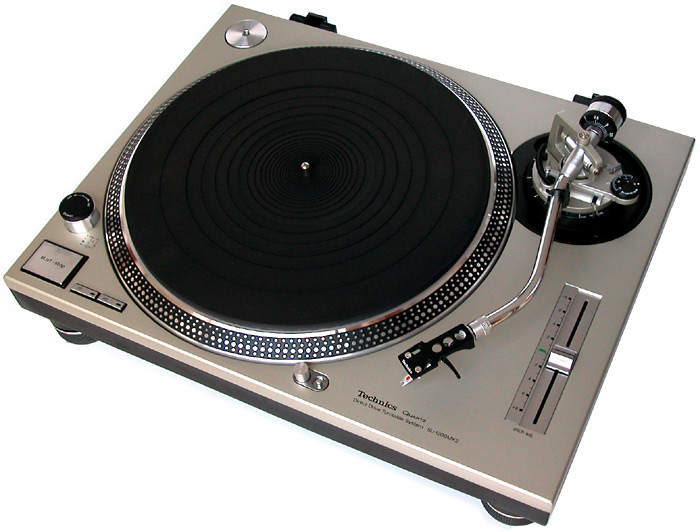
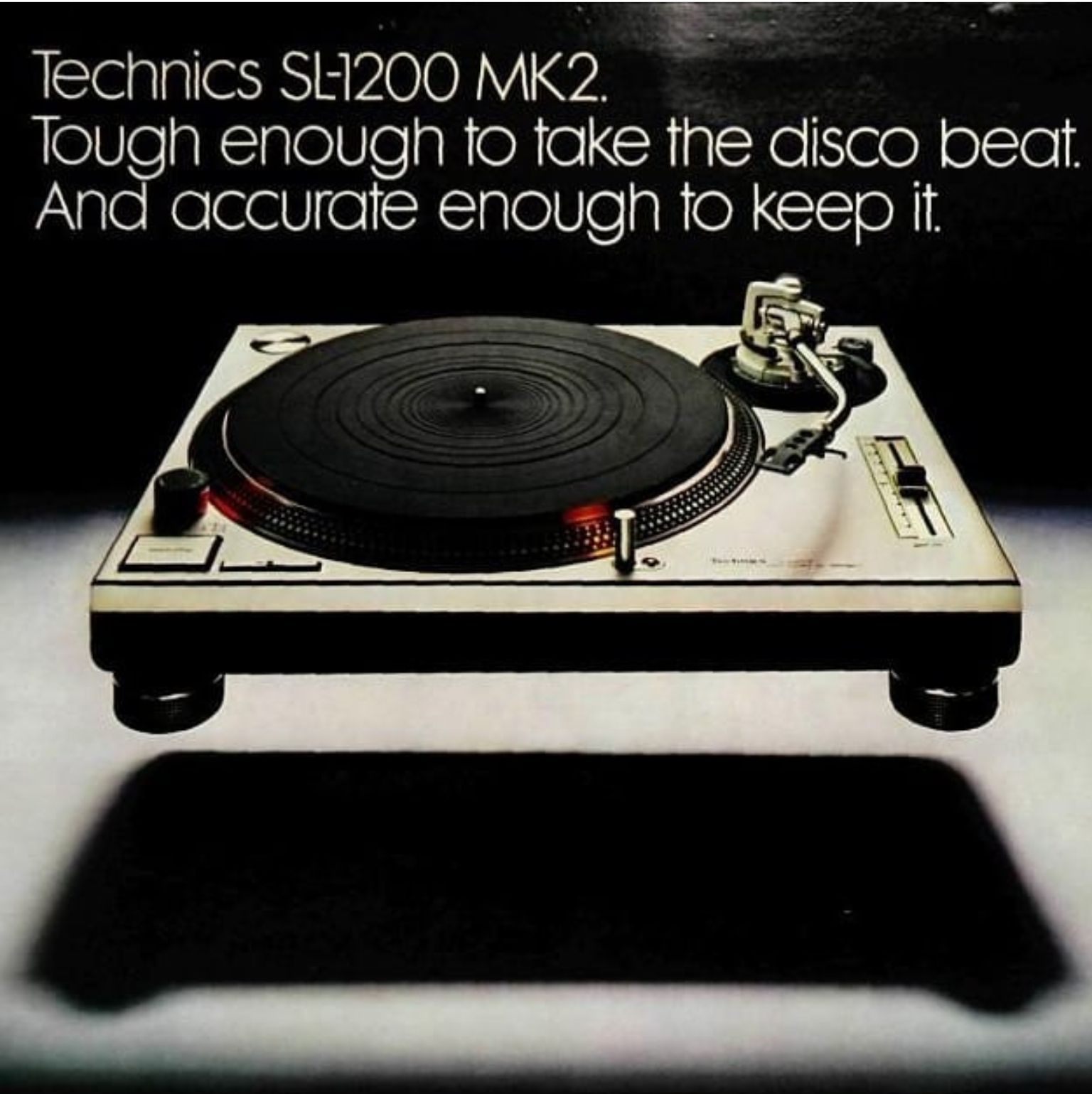
The SL-1200MK2 was the first Hi-Fi turntable designed in consideration of use by disco and club DJs. Technics’ staff visited clubs in Chicago and saw with their own eyes DJs using the first-generation SL-1200 as a “musical instrument.”
For the development of the MK2, DJs’ opinions were collected and necessary modifications were made to satisfy their needs. One big advancement made in this model was the use of the Quartz Lock system. This achieved more accurate rotation control. Furthermore, a fader controller was adopted to simplify pitch adjustment.
The SL-1200MK2 successfully responded to DJs’ needs. It was the bona fide model that changed the turntable from a record player to a “musical instrument.”
Technics sending their user researchers out clubbing for a contextual inquiry.
The birth of Hip Hop
Disco DJ’s, and later House and Techno DJ’s, continued to blend tracks together for the dancefloor, and this has remained standard ever since. Hip Hop DJ’s, however, pushed the turntable to even greater limits, to the point where it truly became a musical instrument, and in the process helped define the Hip Hop genre.
DJ’s like Kool Herc and Grandmaster Flash developed a much quicker style of mixing records, cutting together the short and rhythmical ‘break’ section of funk and soul records to create a continuous dancefloor beat. B-Boys would ‘breakdance’ to these instrumental performances at block parties in New York.
The DJs combined this quick mixing with ‘scratching’, by moving the record quickly back and forwards under the needle to create new sounds. These scratching sounds remain a widely used musical element in many productions today.
Here is Grandmaster Flash’s 1981 single ‘Adventures of Grandmaster Flash on the Wheels of Steel’, which was simply a live recording of him cutting and scratching records together on a pair of Technics SL-1200s, in a mixing style that became known as ‘turntablism’.
Rapping
While the DJ was cutting and scratching funk records together with the turntables, MC’s began chanting rhythmically over the breaks… and Hip Hop was born.
So there we have it…
According to the Paradox of Specificity, design features aimed at this man, arguably led to the existence of Kimye.
The Technics 1200 series continues to be the de facto standard, 50 years since its release, and is possibly the most well known turntable ever.
It was discontinued in 2010, then re-continued in 2016 due to the renewed popularity of vinyl with bearded hipsters. The circle has been completed.
Apple boxes
I did think of another product, that was made for a very specific audience – the grip department on filmsets.
It hasn’t really had mass market success, but it is renowned for having a multitude of different uses, and even comes in handy on UX design projects too…

Apple boxes are wooden boxes of varying sizes with holes on each end used chiefly in film production. These boxes are specialized pieces of equipment belonging to the grip department, and should not be confused with simple crates, other boxes, or boxes for apples.
Apple boxes were originally used for storage. They would have a forward opening in the box and it could be used as a double storage device for small necessary things.
As one of the most ubiquitous and useful pieces of equipment on a film set, apple boxes are used for anything that needs to be propped up or supported temporarily. They can be used to prop up furniture and light stands, for levelling camera dolly track, or to provide temporary seats, workbenches, or stepladders.
Often the need arises to make an actor appear taller, either because of their height, or to fit with the composition of a particular shot. In this use apple boxes are jokingly referred to as “man makers”.
Possible use-case scenario
Limitless use cases
I bought some apple boxes to use on photoshoots, but they have proved massively useful in loads of different ways.

Cleaning teeth
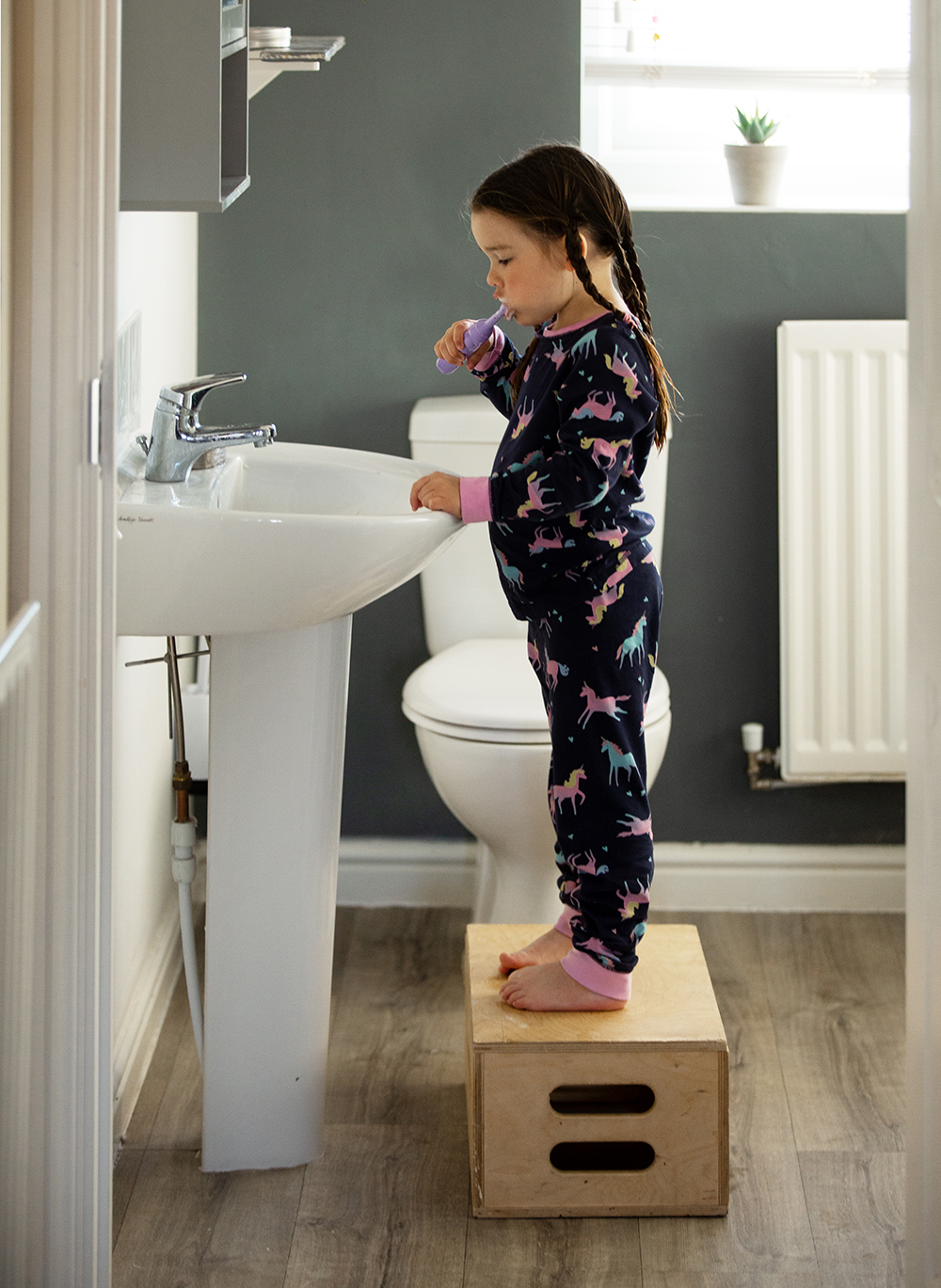
Decorating
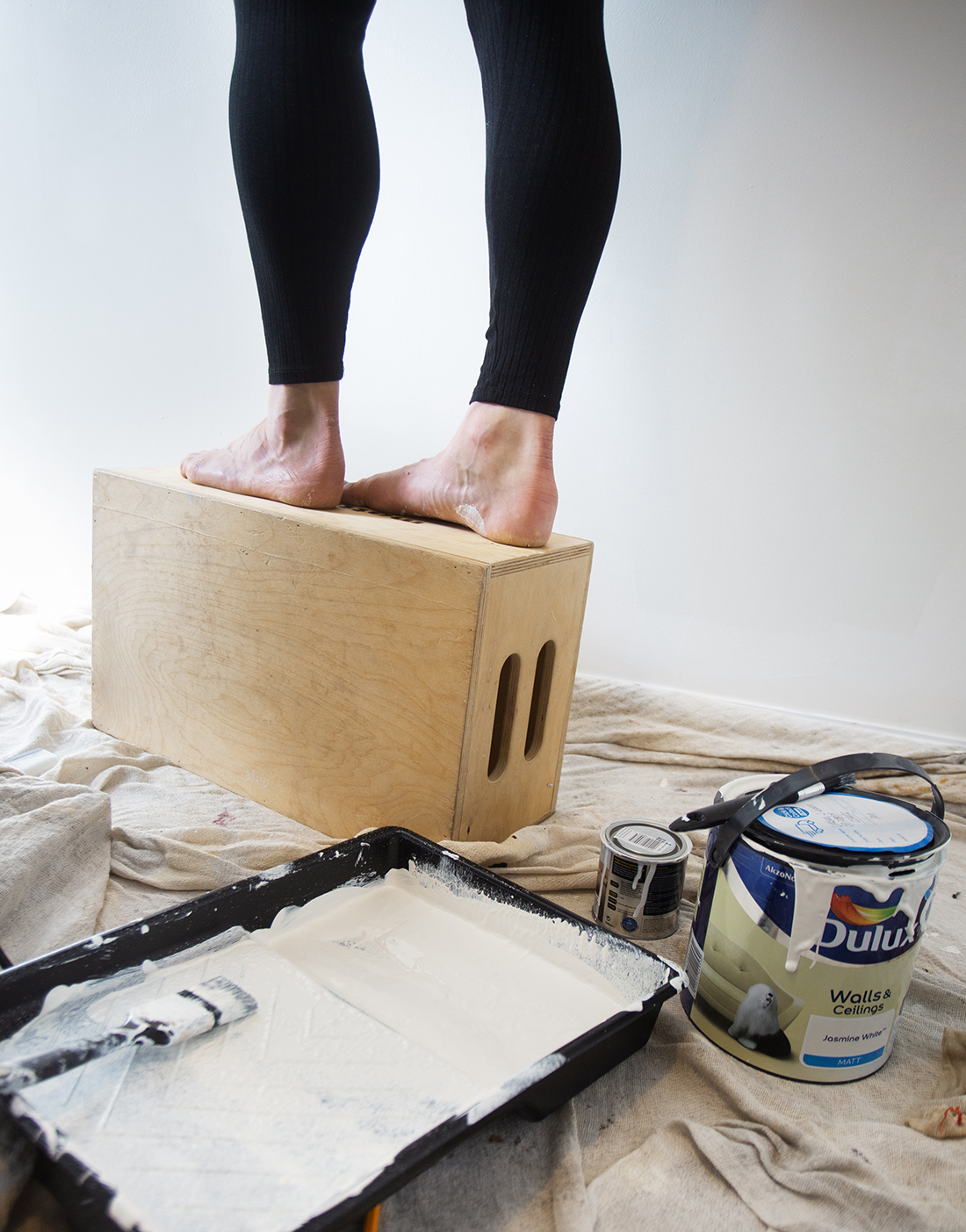
Building decking

Emergency drinks table for use on the decking
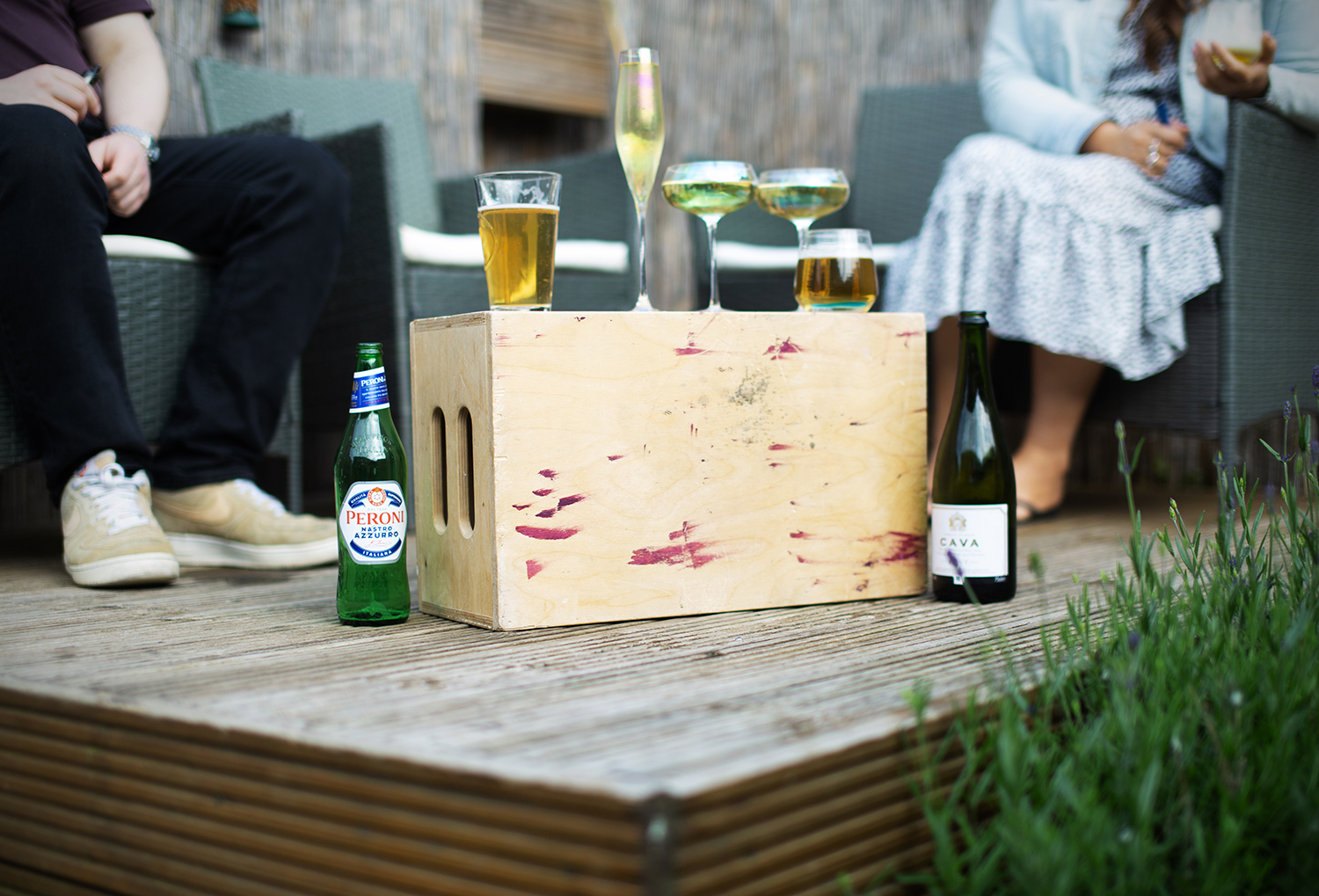
Marble runs

UX design
I recently discovered they were pretty useful on design projects too…
Great for Tom Cruise, and pretty good for remote working UX designers too.
The alternative guide to transferrable skills/objects
Anyone who is interested in the square white boxes, my daughters are making them to order for a good price.
